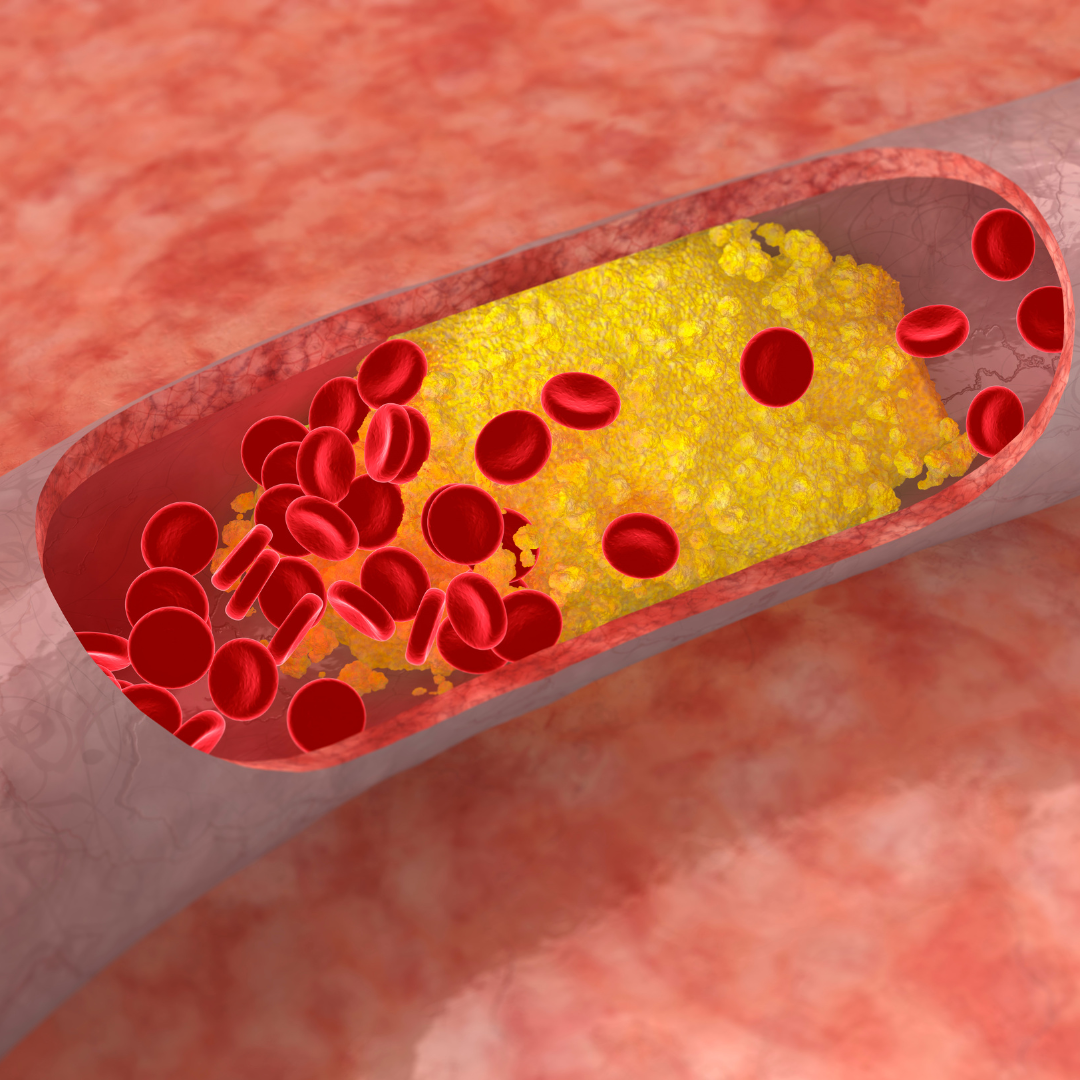
What is HRT and What Does It Do In My Body?
Hormone Replacement Therapy, more commonly abbreviated to HRT, is a term given to hormone medication for women during the perimenopause or menopause. For far too long it has been the subject of media misinformation and scare stories, but is thankfully now being more accurately reported for the health benefits it offers women both short and long term during this phase of their lives.
British and International Menopause societies advocate the use of HRT as first line treatment to help improve symptoms for women during perimenopause and menopause.
Which hormones are being replaced?
The main hormone replaced with HRT is oestrogen. There’s also progesterone for all women who still have a uterus. Testosterone replacement is an addition for women where symptoms aren’t adequately managed with oestrogen alone. It’s not for everyone.
How does HRT help symptoms?
During perimenopause HRT helps to smooth the rollercoaster of hormonal fluctuations that can go on for many years. It’s these fluctuations that create many of the well known, and lesser known, symptoms that we all associate with menopause. HRT gives a mask like effect, helping your own background hormones appear more stable by boosting oestrogen levels.
Once into menopause, oestrogen falls and plateaus at a very low level and HRT boosts this level up, helping to maintain all of the benefits of oestrogen in the body. It also helps keep some of the longer term symptoms women may continue to experience under control.
While menopause is something that women will naturally enter at some point in their life, it doesn’t mean that it is unnatural to choose to replace these hormones during perimenopause or menopause. In fact, replacing them can not only reduce symptoms and improve wellbeing, it can, as evidenced by all international menopause societies, have a long term protective effect on bone, cardiovascular and potentially brain health.
How do I protect my uterus?
For women who still have a uterus, that is women who haven’t had a hysterectomy, progesterone is prescribed alongside oestrogen as part of HRT. Progesterone protects the lining of the uterus (the endometrium) and either keeps it thin, or helps it to shed depending on the stage of menopause a woman is at. Progesterone is also prescribed in exceptional circumstances for women without a uterus where endometriosis is a concern.
For many women, progesterone is also a calming hormone, and can help improve sleep and relaxation.

Is HRT natural?
We often like the idea that using ‘natural’ products is somehow safer or better for our bodies. It’s a term that is frequently used in advertising to buy trust and suggest safety. Where HRT is concerned, this isn’t always the case. If women are going to replace hormones it’s very important they understand exactly what they are giving back to their bodies and in what amount.
There are different types of HRT and the British Menopause Society recommends only taking those that are regulated and standardised by the UK Government’s regulatory agency, MHRA. This includes both synthetic forms of HRT, and those referred to as ‘body identical.’
What is body identical HRT?
Body identical HRT is increasingly becoming the gold standard prescription. It uses an oestrogen preparation through the skin as either a patch, gel or spray, giving the same hormone back that is chemically identical to the oestrogen we have in our own body. If progesterone is needed then micronized progesterone is often used. This again is the same formula as the body’s own natural progesterone.
What is HRT made from?
HRT products are manufactured in a laboratory under tight regulations so that we know exactly what is contained in each dose. The source of body identical HRT is wild yams or soy. In many ways this is as natural as medicine gets as well as being very safe.

There’s also the slightly less modern, but still commonly prescribed oral forms of HRT. For some women these work well, but are less adjustable in terms of dosing. They also carry a slightly higher risk in the long term, although still very low. The hormones contained in the tablet forms tend to be a combination of body identical and synthetic hormones.
An older form of HRT that occasionally makes headlines is Premarin, which is made from horse urine. It isn’t common to be started on this preparation, but some women are still taking it having started on it many years ago.
In summary
Regulated HRT is the safest and most natural way of replacing a woman’s hormones that decline during menopause. For many women it improves symptoms and wellbeing, and protects the heart, bones and brain in the longer term.
Dr Liz Andrew has worked as a GP for over 12 years and developed a passion for offering women menopause care. She is an advocate for giving women the knowledge and support they need to make choices about their own bodies during a time in their lives that can feel fraught. She understands the unique and often misunderstood pressures on women which can become particularly difficult during the hormonal changes of peri menopause and thereon. She prescribes body identical HRT and encourages the use of lifestyle adjustments to actively improve wellbeing.
Dr Liz Andrew is part of the team of Menopause Specialist GPs at https://menopausecare.co.uk/
www.harleystathome.com | Instagram @harleystreetathomemenopause
Facebook: Search Harley Street at Home: Diagnosis, Symptoms & Treatments or Harley St at Home: Lifestyle, Self-Care and Lifestyle to join our private community



